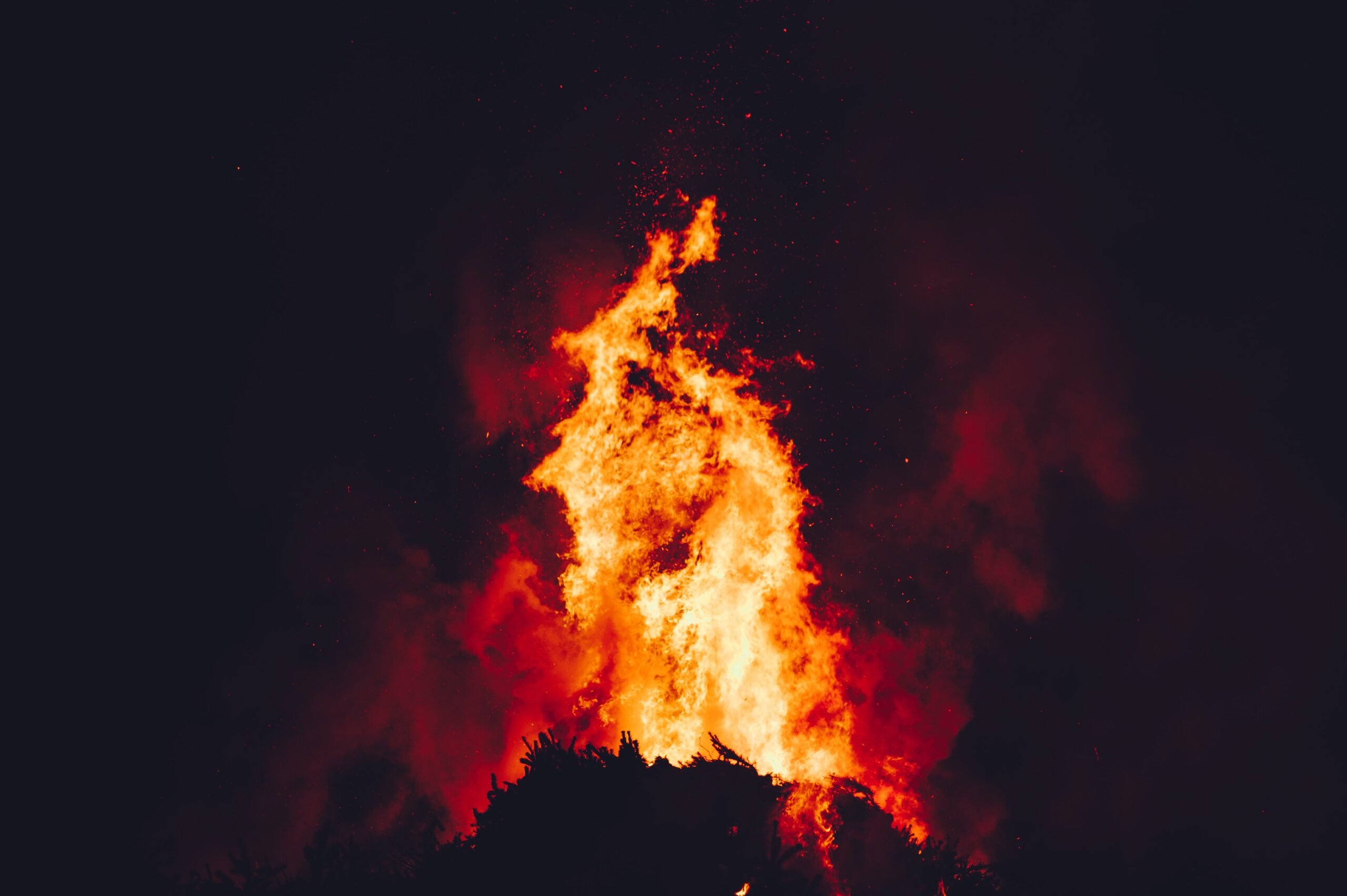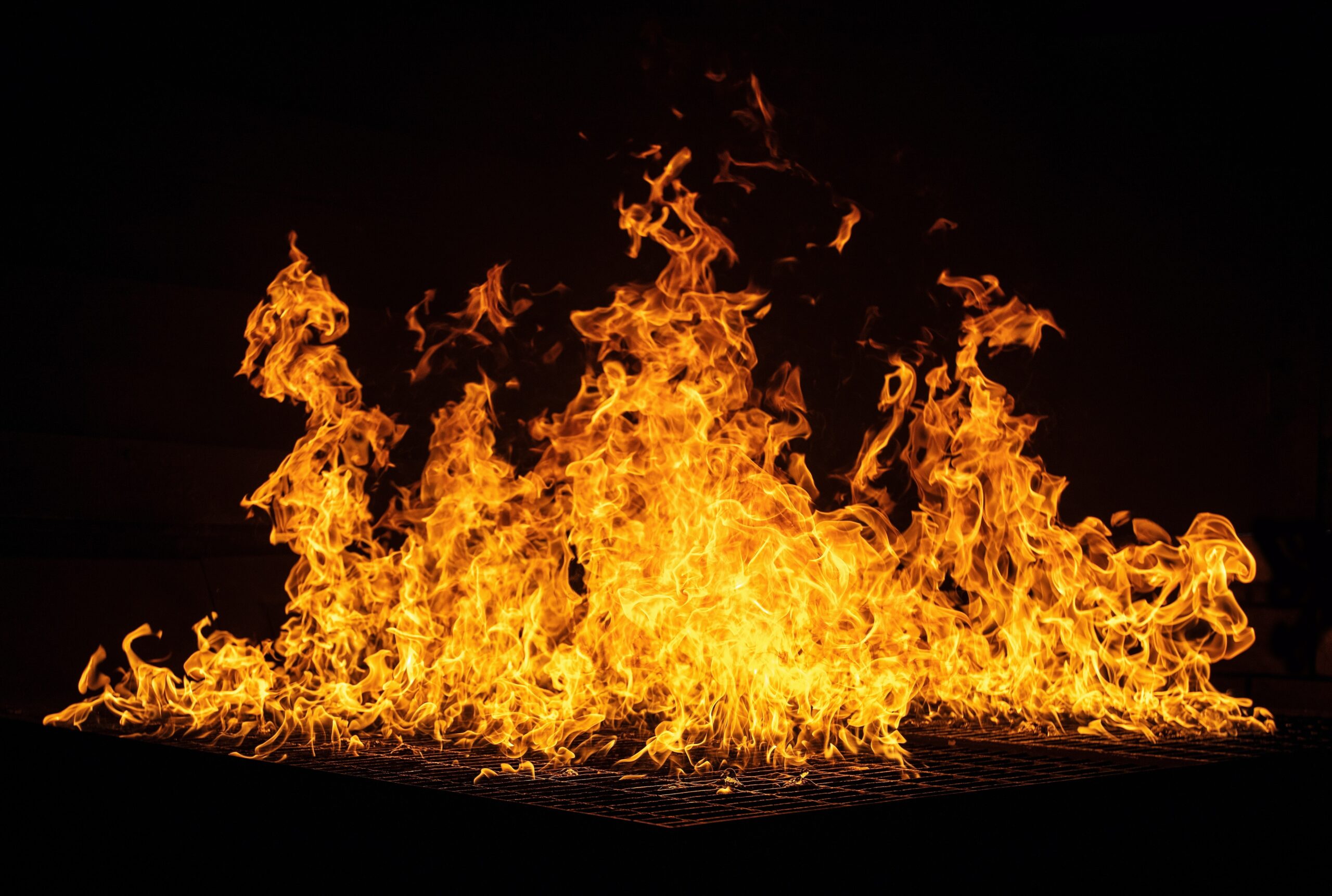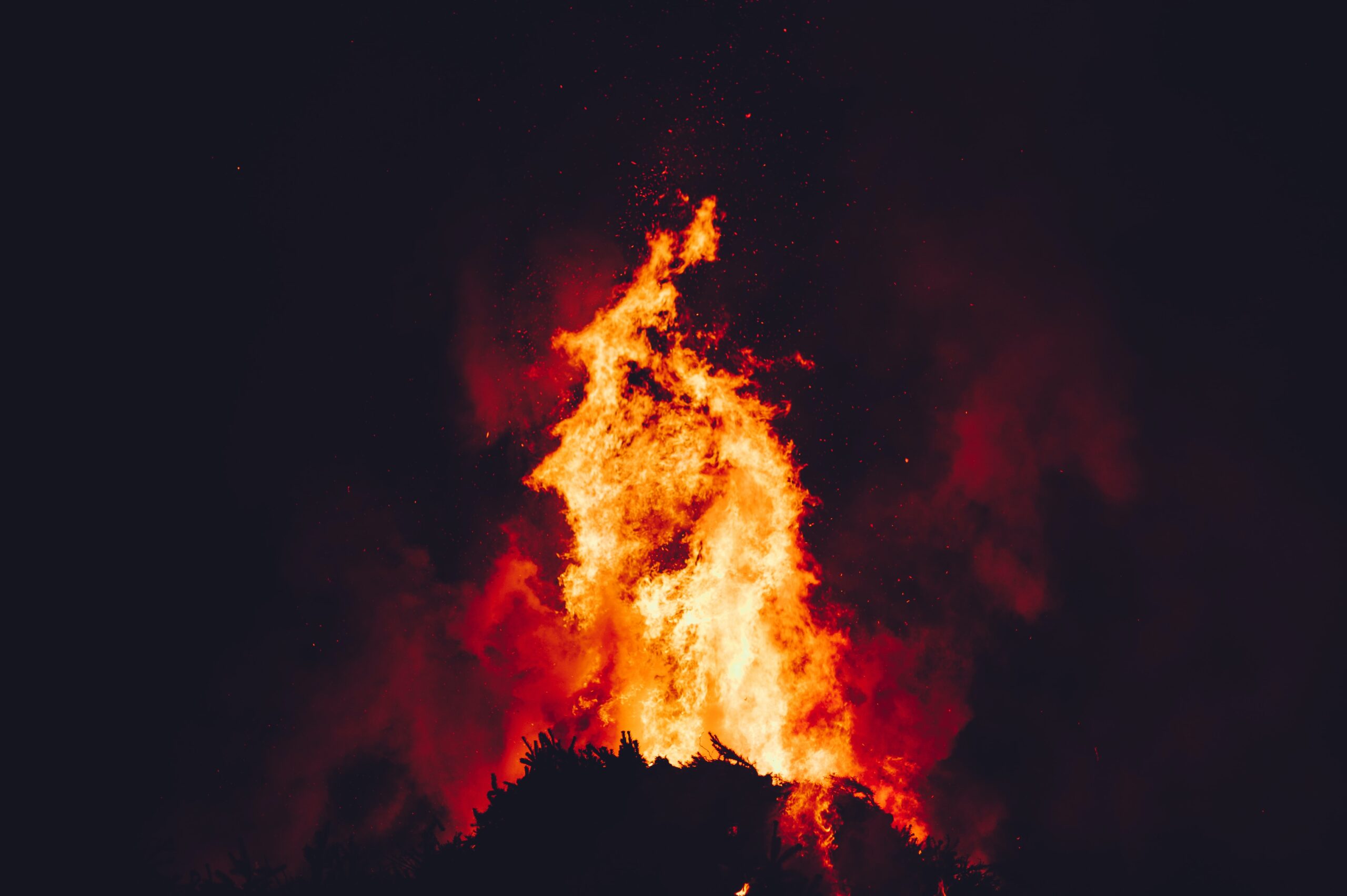Imagine you find yourself in the great outdoors, surrounded by nature’s beauty, but with no matches or lighters to start a cozy fire. Don’t worry, because there are actually some clever methods you can use to ignite those flames and keep warm. In this article, we will explore the best methods for starting a fire without the traditional tools. From the trusty flint and steel to the fascinating fire plow technique, get ready to discover the fascinating world of fire-starting techniques that will make you feel like a modern-day caveman.
Understanding the Basics of Fire-Making
Fire has been an essential tool for humans since the beginning of time, providing warmth, light, and a way to cook food. However, in modern society, we often take the convenience of matches or lighters for granted. In certain situations, such as camping or survival scenarios, it may be necessary to start a fire without these modern conveniences. Understanding the basics of fire-making is crucial in such circumstances.
The role of fuel, oxygen, and heat
To start a fire, three components are necessary: fuel, oxygen, and heat. Without any of these elements, a fire cannot be sustained.
Fuel refers to any combustible material that can be burned, such as wood, paper, or dried leaves. The fuel provides the necessary material to feed the fire and keep it going.
Oxygen, which is present in the air we breathe, is essential for combustion. When fuel comes into contact with oxygen and heat, it undergoes a chemical reaction called oxidation, which releases energy in the form of heat and light.
Heat is the catalyst that initiates and sustains the combustion process. It can be generated through various means, such as friction, sparks, or concentrated sunlight.
How these components work together
Understanding how fuel, oxygen, and heat work together is crucial for successfully starting a fire. When fuel is exposed to heat and oxygen, it undergoes a process called combustion. During combustion, the fuel molecules break down into smaller molecules, releasing heat and often producing flames.
The heat generated during combustion releases more fuel vapor, which rises due to its lower density compared to the surrounding air. As the rising vapor reaches the oxygen-rich upper regions, it combines with the oxygen and ignites, creating a self-sustaining chain reaction.
In order to start a fire without matches or lighters, alternative methods can be employed. Let’s explore some of the most reliable techniques.
Using Flint and Steel
Flint and steel is a classic fire-making method that has been used for centuries. This method utilizes the principle of creating sparks to ignite a fire.
Material requirements
To use flint and steel, you will need a piece of flint, a high-carbon steel striker, and some kind of tinder or combustible material to catch the sparks and start the fire. Tinder can be anything from dry grass to fine shavings of wood.
The fire-starting process with flint and steel
To start a fire with flint and steel, hold the piece of flint firmly in one hand and strike it against the steel striker in a downward motion. This should create sparks that will fall onto the tinder. Continue striking until the tinder catches fire.
It is important to strike the flint at the correct angle and with the right amount of force to generate sparks. Practice and experimentation will help you develop the necessary skills to master this technique.
Safety considerations
When using flint and steel, it is important to be mindful of safety precautions. Sparks can travel a short distance, so make sure you create your fire in a clear area, away from any flammable materials. Additionally, be cautious when handling the flint and steel to avoid accidental cuts or injuries.

Creating Fire with Sticks
Another age-old method of fire-making is using sticks to create friction and generate heat.
Hand drill method
The hand drill method is one of the most basic techniques for creating fire from sticks. It requires a straight, sturdy stick (the drill) and a wooden base plate or hearth. The base plate should have a small indentation or socket where the drill will be rotated.
To start a fire using the hand drill method, apply downward pressure on the drill while rotating it between your palms. This constant friction generates heat and causes fine wood particles to ignite. Capture the ember in a tinder bundle and gently blow on it to encourage the flame.
Bow drill technique
The bow drill technique is another friction-based method that can be more efficient than the hand drill method. It involves the use of a bow, a curved stick, and a spindle, which is typically made of a harder wood.
To use the bow drill, place the spindle in the socket of the base plate and secure it with downward pressure. Place the curved end of the bowstring around the spindle, and using the other end of the bow, begin to saw back and forth, creating rotational friction between the spindle and the base plate. As heat builds up, the friction will create an ember, which can be transferred to a tinder bundle to start the fire.
Choosing the right wood
When using sticks to create fire, it is essential to select the right type of wood. The drill and base plate materials should be different to maximize friction. Hardwoods like oak or hickory are ideal for the drill, while softer woods like cedar or pine are suitable for the base plate.
Fire from a Lens
Harnessing the power of sunlight to start a fire is a technique that dates back centuries. By focusing sunlight using a lens, the intensity of the sun’s rays can be concentrated enough to ignite a fire.
Using a magnifying glass
A magnifying glass is a simple and effective tool for starting a fire with a lens. Hold the magnifying glass between the sun and the tinder, adjusting the angle until a small, focused spot of light is projected onto the tinder. With patience and persistence, the concentrated sunlight will heat the tinder to its ignition point, resulting in a fire.
Lenses found in nature
If you don’t have a magnifying glass, fear not! Nature provides several natural lenses that can be used to start a fire. A droplet of water, a transparent ice cube, or even a piece of clear ice can act as a lens. The same principle applies, with the sunlight being focused through the lens onto the tinder.
Focus and angle for optimal heat generation
When using a lens to start a fire, the key is to focus the sunlight onto a small area. The more the sunlight is concentrated, the greater the heat generated and the higher likelihood of ignition. Experiment with different angles and distances to find the sweet spot for optimal heat generation.

Making Fire with a Battery
In emergency situations, a battery can be a source of electrical power that can be harnessed to start a fire.
Using household batteries
Household batteries, such as AA or AAA batteries, can be used to generate a spark that can ignite a fire. By creating a short circuit between the positive and negative terminals of the battery, a spark can be produced. This spark can be directed onto a tinder bundle or other combustible material to start a fire.
Steel wool as a conductor
One way to create a short circuit with a battery is by using steel wool. The fine steel strands of the wool can conduct electricity when in contact with the battery terminals. By touching the ends of the battery with the steel wool, a spark is created, which can be used to ignite the tinder.
Potential risks and safety precautions
When using a battery to start a fire, it is important to be cautious of potential risks. Batteries can generate heat and sparks, so handle them with care. Avoid short circuiting the battery for an extended period of time, as it can lead to overheating or even explosion. Always practice proper battery safety to prevent accidents.
Starting a Fire with Ice
Ice may seem like an unlikely tool for fire-making, but with the right conditions, it can be used to create a lens capable of focusing sunlight.
Creating an ice lens
To create an ice lens, freeze a small volume of water in a spherical mold, such as a glass or plastic container. Once frozen, remove the ice from the mold and smooth out any imperfections. The resulting ice sphere can act as a lens, focusing sunlight onto a small area to produce fire.
Utilizing sunlight
Position the ice lens between the sun and the tinder, adjusting the angle to concentrate the sunlight. With patience and careful positioning, the focused sunlight will generate enough heat to ignite the tinder, starting a fire.
Challenges and limitations of this method
Creating fire with ice can be challenging due to the reliance on suitable weather conditions and the time required to freeze the ice lens. Additionally, the effectiveness of the ice lens is highly dependent on the clarity and quality of the ice. However, in emergency situations where no other fire-starting methods are available, this technique can be a potential lifeline.

The Fire Plow Technique
The fire plow technique is a friction-based method that involves the use of a wooden plank and a wooden dowel or spindle.
How to create a fire plow
To create a fire plow, find a suitable wooden plank or log and carve a groove along its length. This groove will act as a track for the wooden dowel. The wooden dowel should be cut to a narrow point at one end, called the tip, and have a handle or grip on the other end.
Steps to ignite a fire with a fire plow
Place the wooden dowel in the groove of the wooden plank, applying downward pressure while moving the dowel back and forth with rapid and forceful movements. The friction generated between the two wooden surfaces will create heat, which can ignite the wood particles in the groove. Continue plowing until an ember is formed, which can be transferred to a tinder bundle to start the fire.
Selecting the right wood for a successful fire plow
When choosing wood for the fire plow technique, it is important to select dry and seasoned materials. Hardwoods like oak, hickory, or maple are preferable, as they are dense and generate more friction. Avoid using green or wet wood, as it will not create enough heat through friction.
Fire from Chemical Reactions
Certain chemical reactions can be used to start a fire, utilizing household chemicals that are readily available.
Household chemicals for fire starting
One commonly used household chemical for fire starting is potassium permanganate. When mixed with a potent oxidizer, such as glycerin or sugar, a chemical reaction occurs, generating heat and potentially igniting nearby combustible materials.
Other household chemicals that can be used for fire starting include hydrogen peroxide and sodium chlorate, although great caution must be exercised when handling these substances due to their potential hazards.
Safety concerns and steps to prevent accidents
When working with household chemicals for fire starting, it is crucial to prioritize safety. Avoid inhaling or ingesting any chemicals and wear appropriate protective gear, such as gloves and eye protection. Always read and follow the instructions or guidelines provided with the chemicals. Proper ventilation is essential to avoid the accumulation of toxic gases or fumes.
Creating Fire with Aluminum Foil and a Battery
Aluminum foil and a battery can be used in combination to create fire in emergency situations.
Material requisites
To start a fire with aluminum foil and a battery, you will need a sheet of aluminum foil and a battery with exposed terminals. The terminals can be positive and negative ends or simply the positive end and the casing of the battery.
Step by step guide
Place the aluminum foil on a non-flammable surface and lay it flat. Gently touch the exposed terminals of the battery to the aluminum foil. A spark should be generated at the point of contact. Direct this spark onto a tinder bundle or other combustible material to start a fire.
It is important to note that this method may require some trial and error, as the size and quality of the aluminum foil, as well as the battery, can affect the effectiveness of the spark.
Tips and Tricks for Quick Fire-Making in Emergency Situations
In emergency situations, time is often of the essence. Here are some tips and tricks to help you start a fire quickly:
Choosing dry materials
Dry materials are essential for successful fire-making. Look for dry leaves, twigs, or small pieces of wood that will catch fire easily. Avoid damp or wet materials, as they can be difficult to ignite.
Finding natural accelerants
Natural accelerants can help you start a fire more quickly. Look for materials like pine resin, birch bark, or dried grass, which are highly flammable and can act as excellent fire starters.
Optimal structure for your fire
Building a proper fire structure is essential for maintaining the fire and maximizing heat output. The most common fire structures are the teepee, log cabin, and lean-to. Experiment with different structures to find the one that works best for your situation.
Maintaining your fire
Once you have successfully started a fire, it is important to maintain it. Add additional fuel gradually and avoid smothering the flames. Ensure a steady supply of oxygen by leaving enough space between the fuel and occasionally blowing gently on the fire.
By understanding the basics of fire-making and familiarizing yourself with alternative methods, you can be prepared to start a fire without matches or lighters in various situations. Remember to prioritize safety, be patient, and practice these techniques before relying on them in an emergency. With the right knowledge and skills, you can harness the power of fire and use it to your advantage. Stay safe and enjoy the warmth and comfort that fire brings.

